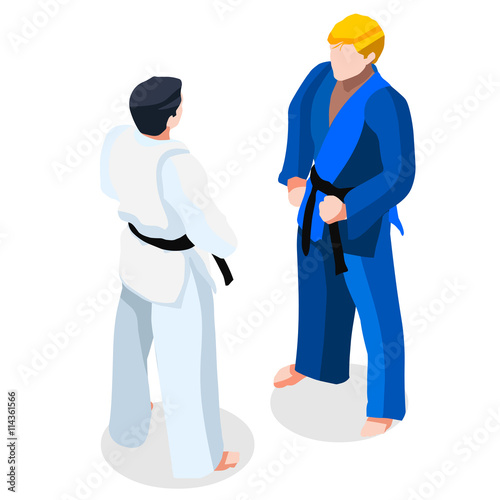Martial arts have an interesting background that extends centuries and continents. You may discover it interesting exactly how ancient practices like Shuai Jiao and Kalaripayattu laid the groundwork for modern-day fight methods. These techniques not only emphasize physical skills but likewise mirror the cultures that birthed them. As you explore their evolution, take into consideration how globalization has changed these conventional types right into hybrid styles. What impacts do you think have formed today's martial arts landscape?
Ancient Martial arts: The Structures of Battle
As you explore the world of old martial arts, you'll find the rich structures that formed battle strategies throughout cultures. Early techniques focused on Self-Defense and survival, frequently incorporating strikes, hurting, and weaponry.
In old China, for instance, strategies like Shuai Jiao highlighted throws and joint locks, while India's Kalaripayattu showcased dexterity and liquid motion. Japanese samurai established Kenjutsu, a polished swordsmanship that highlighted self-control and approach.
These martial arts offered not just for battle yet likewise as a means of individual development, instilling worths like respect and willpower. The blending of these techniques over time prepared for the diverse martial arts you see today, each mirroring the special ideologies and demands of its culture.
The Social Impact on Martial Arts Growth
While martial arts commonly mirror the practical demands of a society, they additionally embody the cultural values and beliefs of their origins. When you check out different martial arts, you'll observe how they're affected by religion, approach, and social standards.
For instance, the emphasis on regard and self-control in Japanese martial arts stems from Zen Buddhism and samurai society. On the other hand, Brazilian Jiu-Jitsu promotes versatility and strategy, formed by the need for efficiency in a diverse, modern setting.
You may discover that the rituals, attires, and training methods mirror a community's background and identity. By understanding https://www.suu.edu/news/2022/09/smart-defense.html , you strengthen your admiration of martial arts and their function in shaping human experiences across the globe.
Modern Adaptations and the Globalization of Martial arts
Martial arts have actually changed significantly in current years, adjusting to contemporary society and global impacts. You'll see that traditional forms have combined with modern-day techniques, producing hybrid styles like mixed martial arts. These adaptations satisfy diverse target markets, making martial arts accessible and attractive around the world.
With the increase of social networks and digital systems, you can locate tutorials and competitions from all edges of the globe, breaking geographical barriers. This globalization has actually brought about a common recognition for various self-controls, from Brazilian Jiu-Jitsu to Taekwondo.
As you involve with these arts, you'll realize they're not practically battle; they advertise health and fitness, self-control, and psychological wellness.
Inevitably, contemporary adjustments have improved the martial arts landscape, making it a vibrant and progressing technique.
Conclusion
In exploring the background and advancement of martial arts, you reveal a remarkable blend of strategies, societies, and ideologies. From https://rafaeltyejo.blogitright.com/34531178/just-how-will-gaining-each-belt-form-your-abilities-and-viewpoint-in-karate-uncover-the-development-from-novice-to-black-belt-that-is-in-shop-for-you -controls like Shuai Jiao and Kalaripayattu to the contemporary adaptability seen in MMA, martial arts show mankind's pursuit for Self-Defense and personal development. As you engage with these methods, you not just get abilities yet likewise a much deeper admiration for the diverse practices that shape our world today. So, continue your journey and accept the art of battle!

 Ralph Macchio Then & Now!
Ralph Macchio Then & Now! Alfonso Ribeiro Then & Now!
Alfonso Ribeiro Then & Now! Alicia Silverstone Then & Now!
Alicia Silverstone Then & Now! Jeremy Miller Then & Now!
Jeremy Miller Then & Now! The Olsen Twins Then & Now!
The Olsen Twins Then & Now!